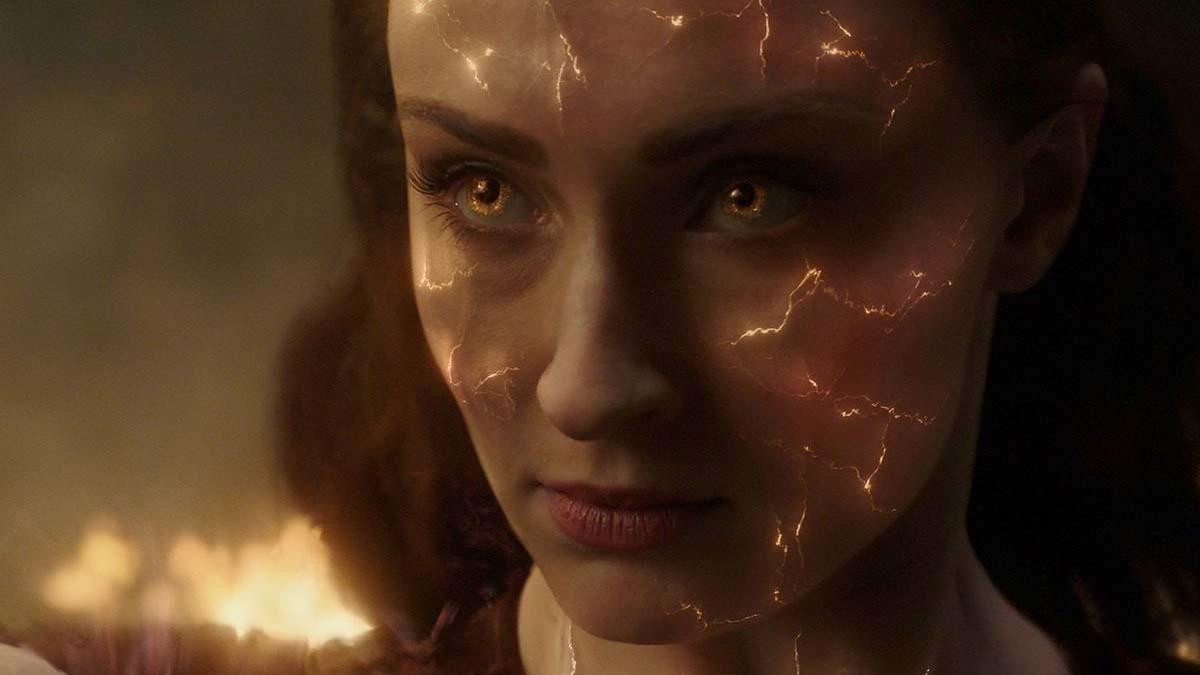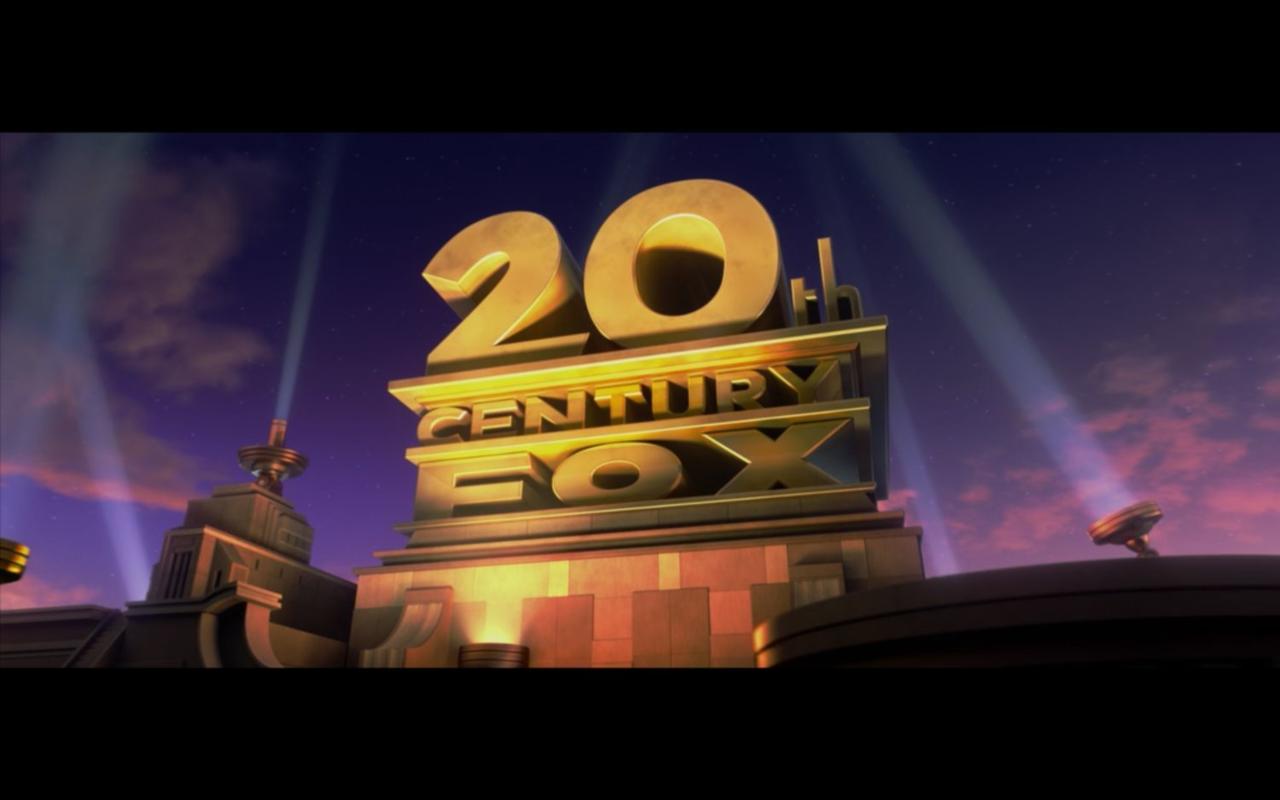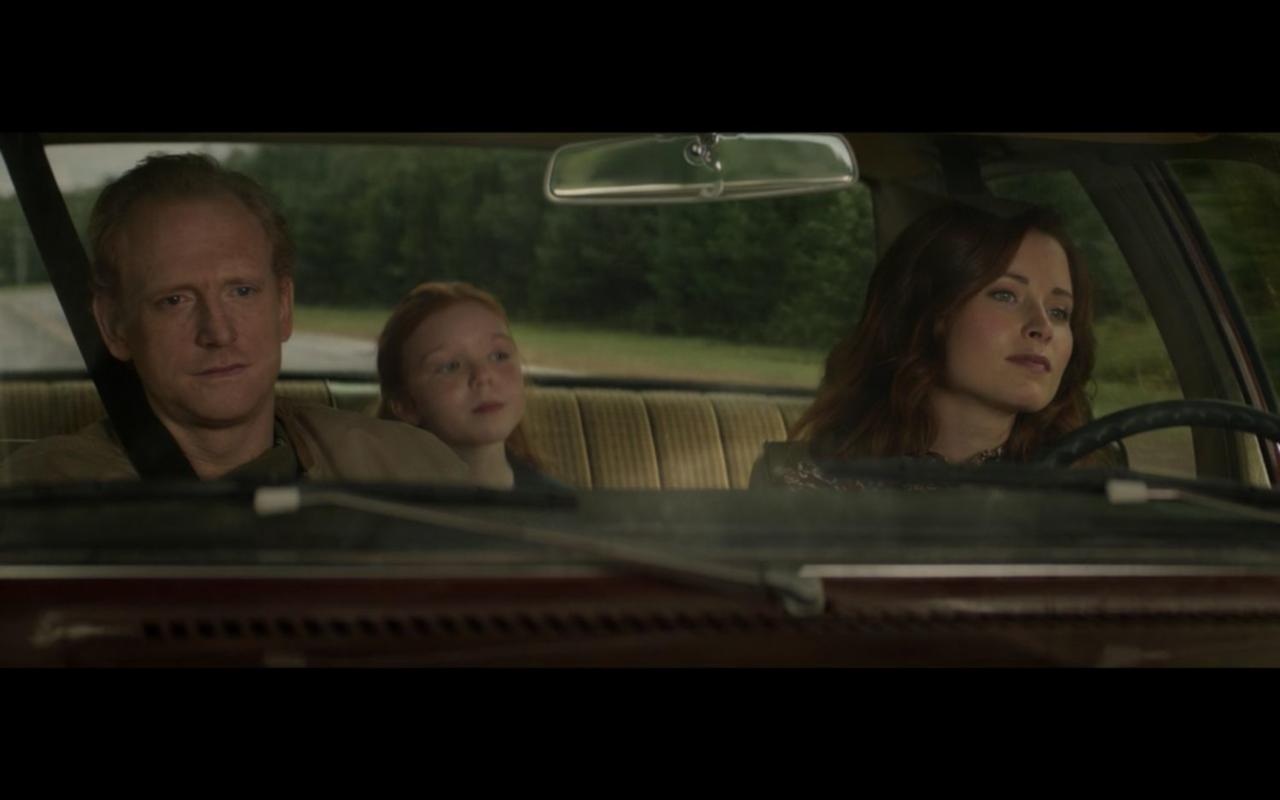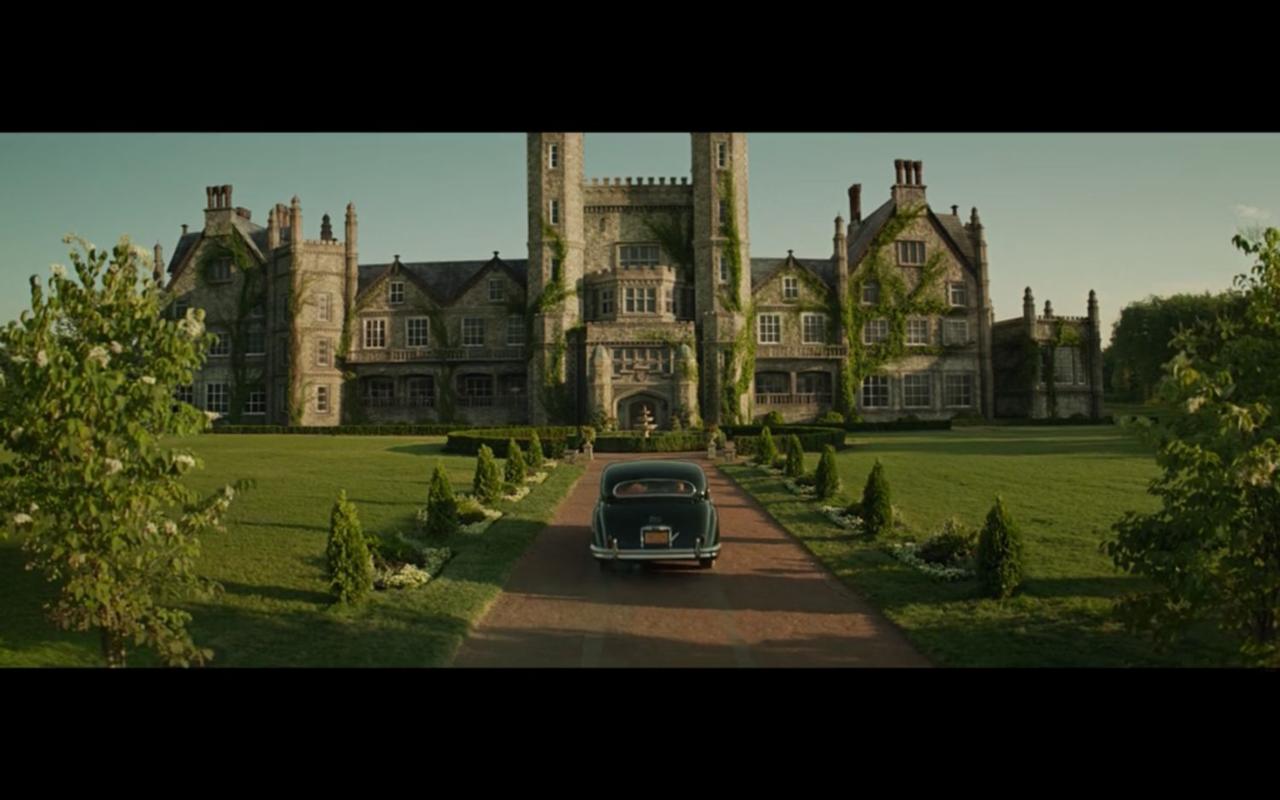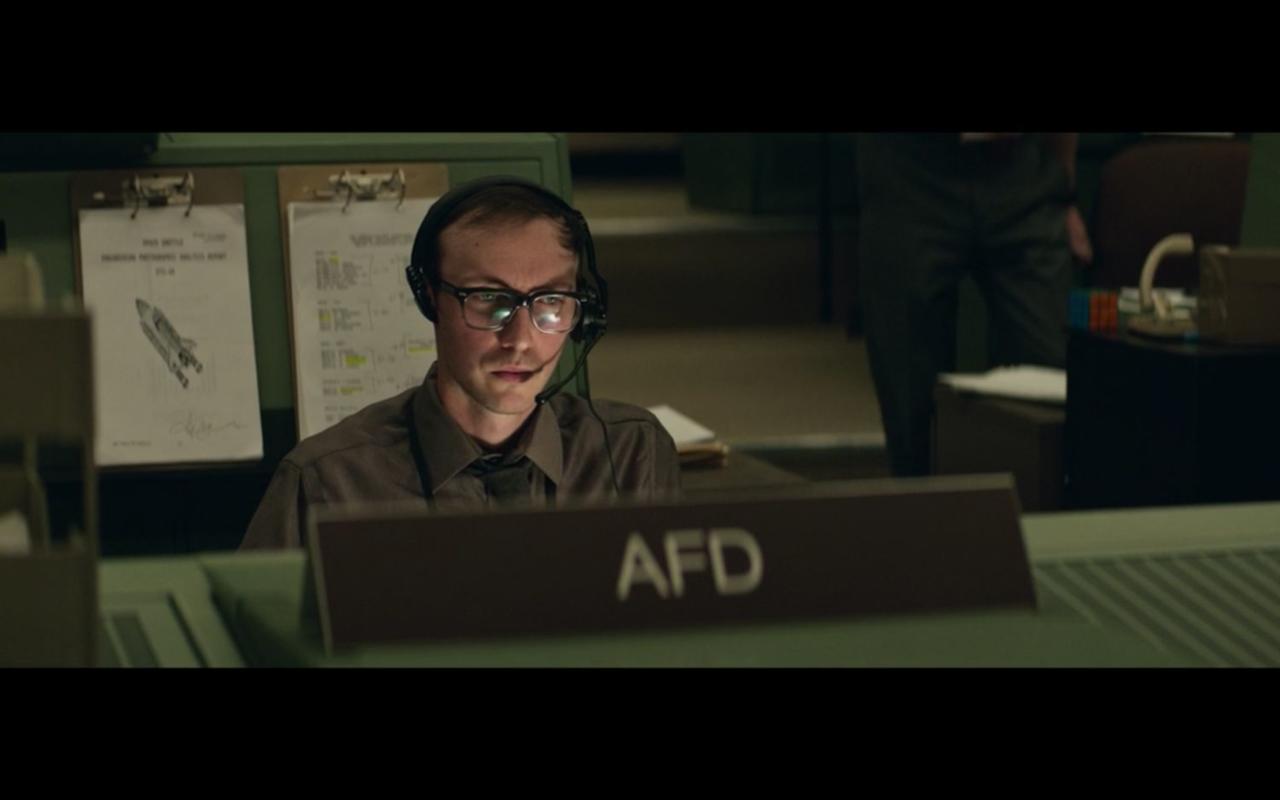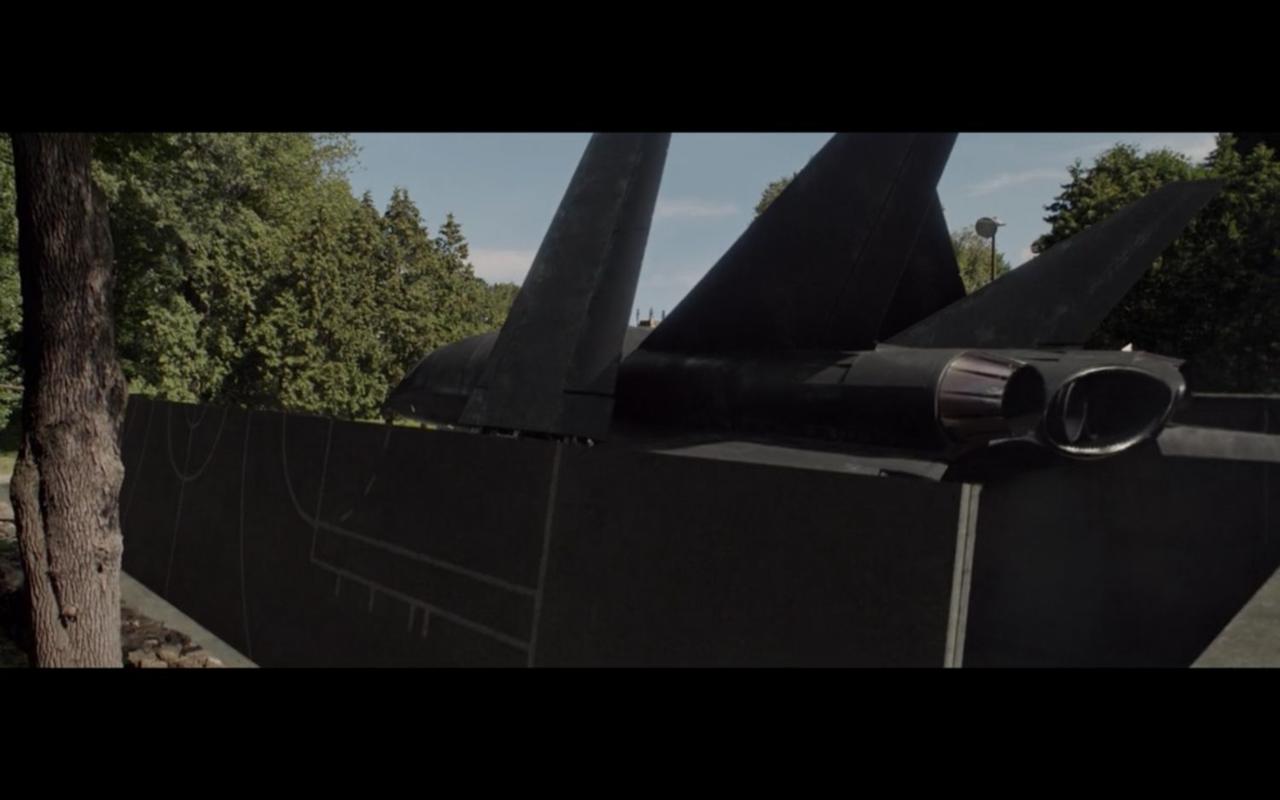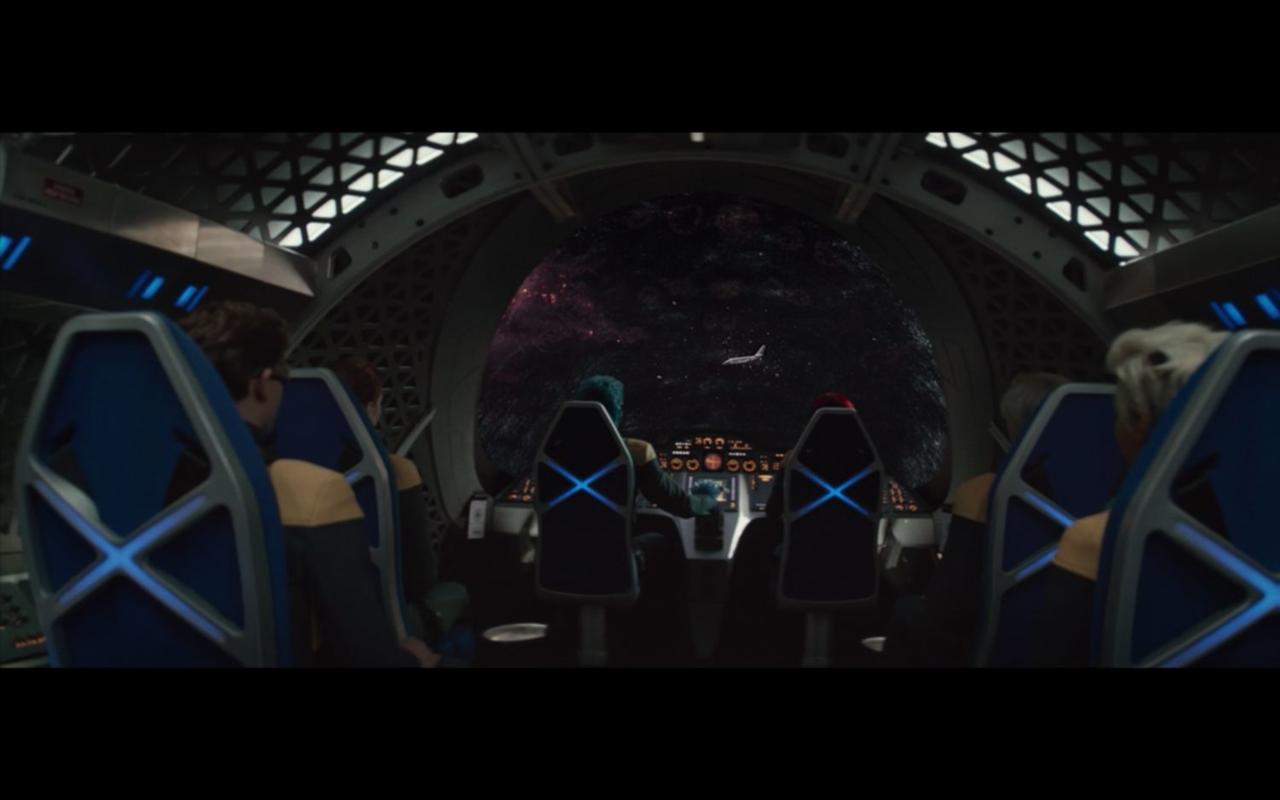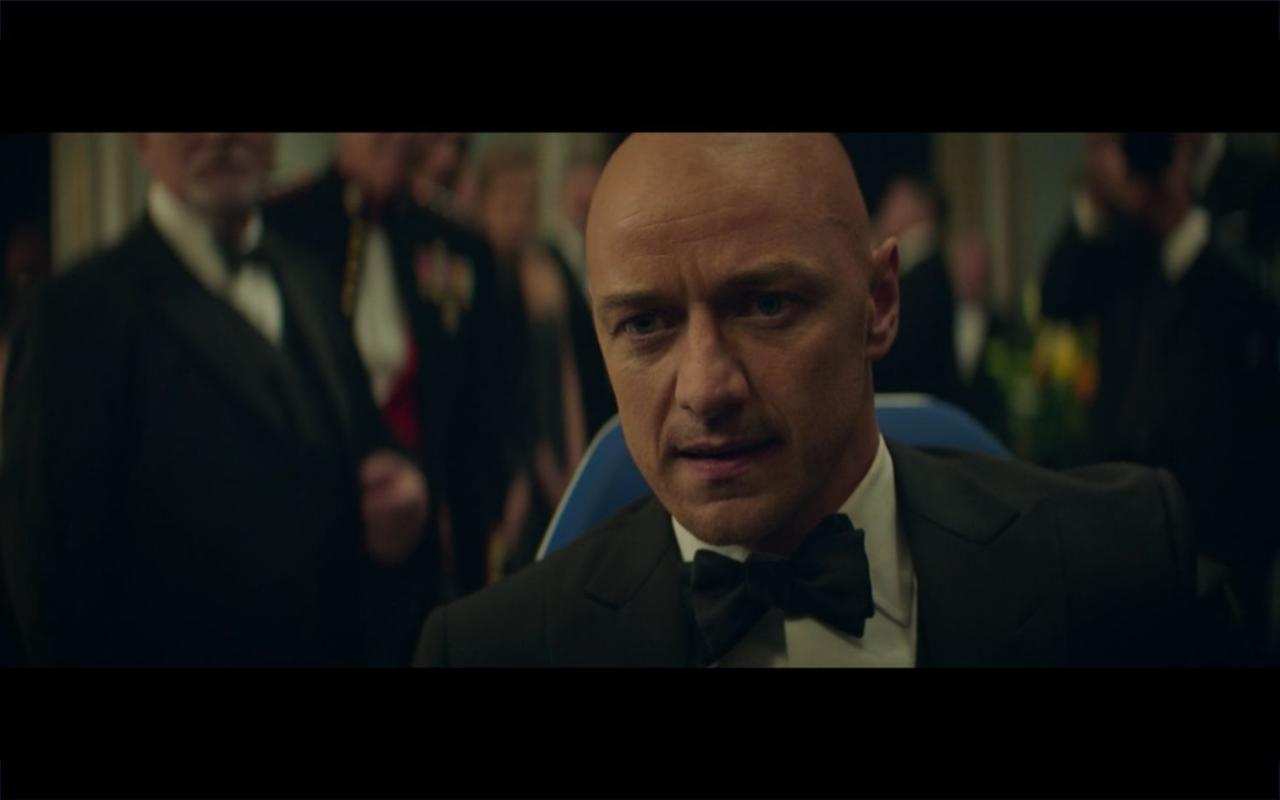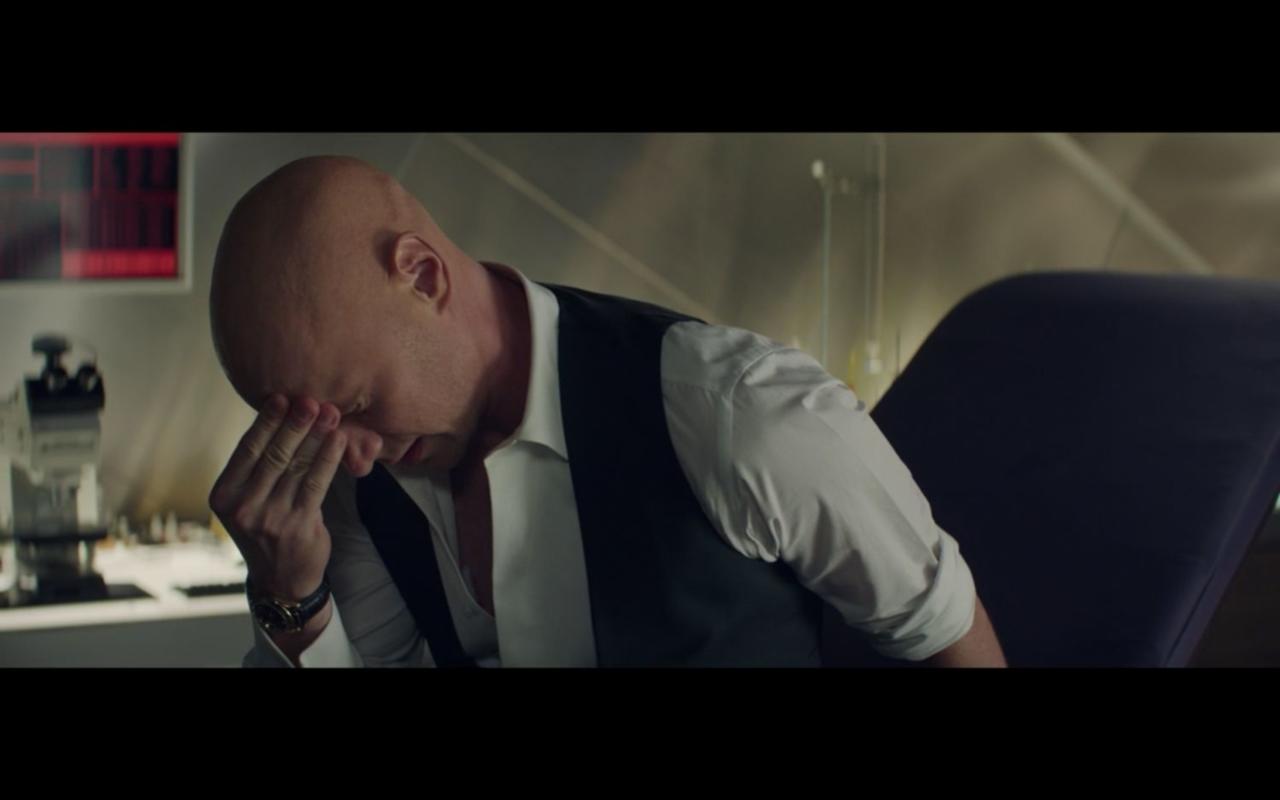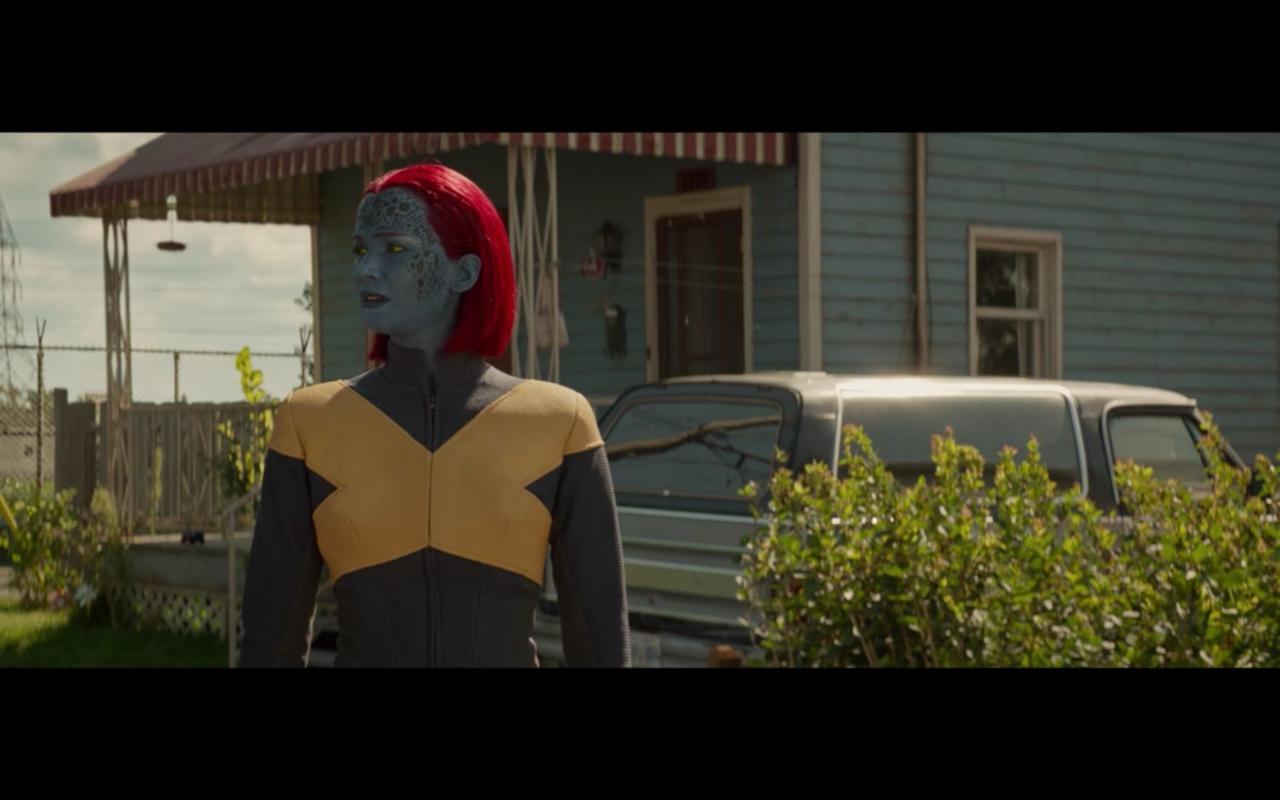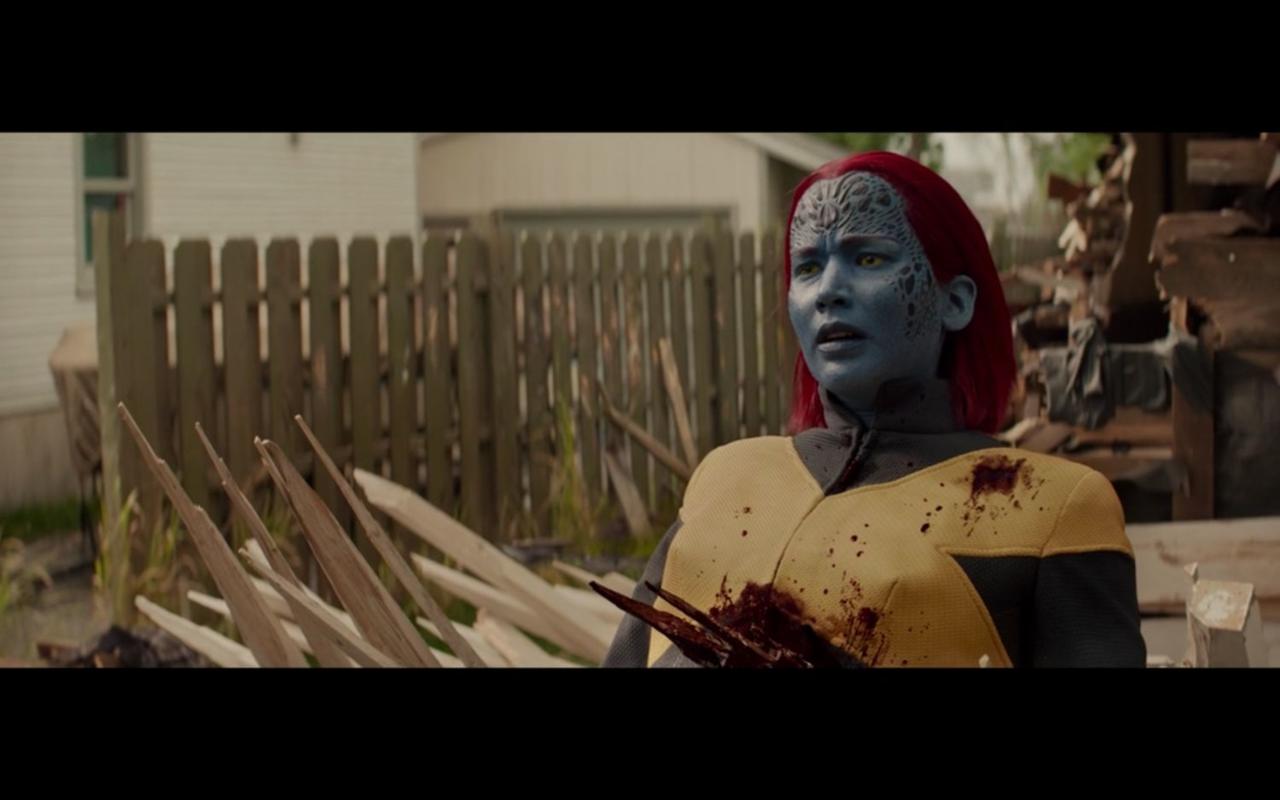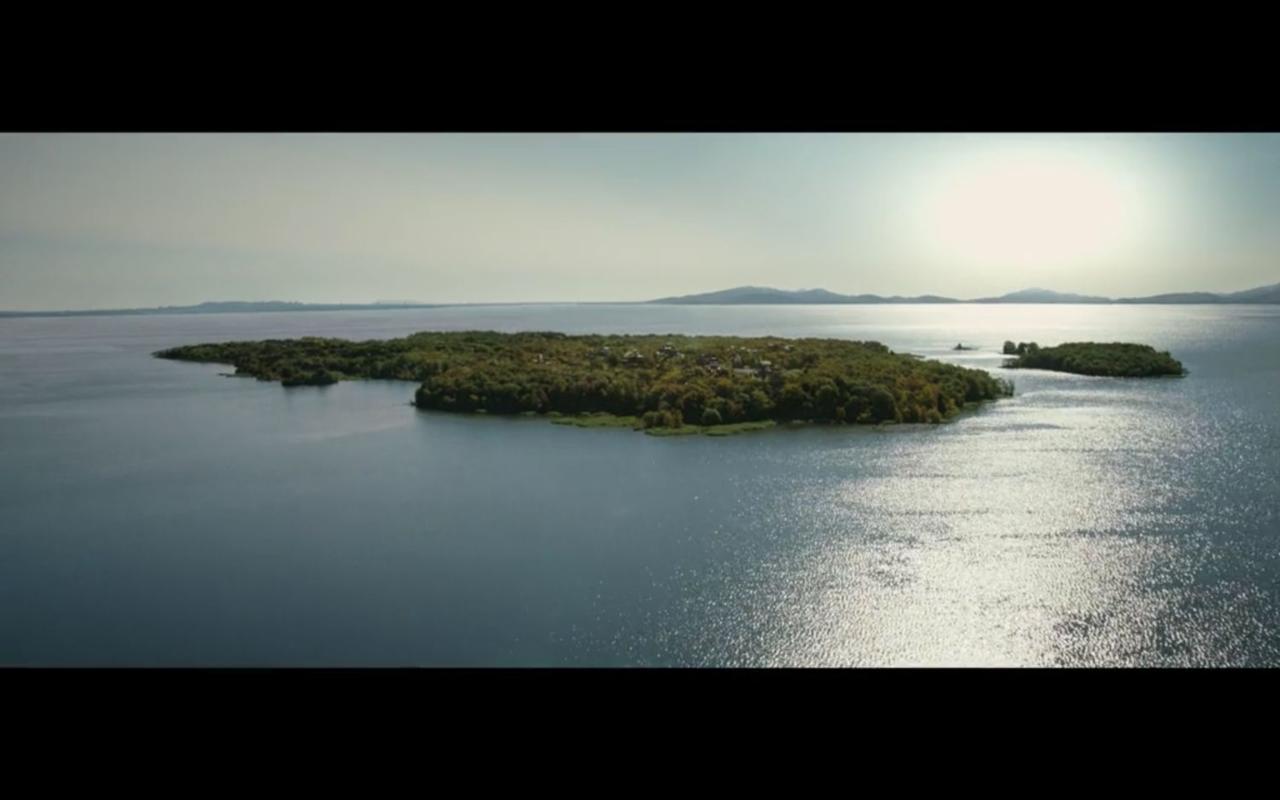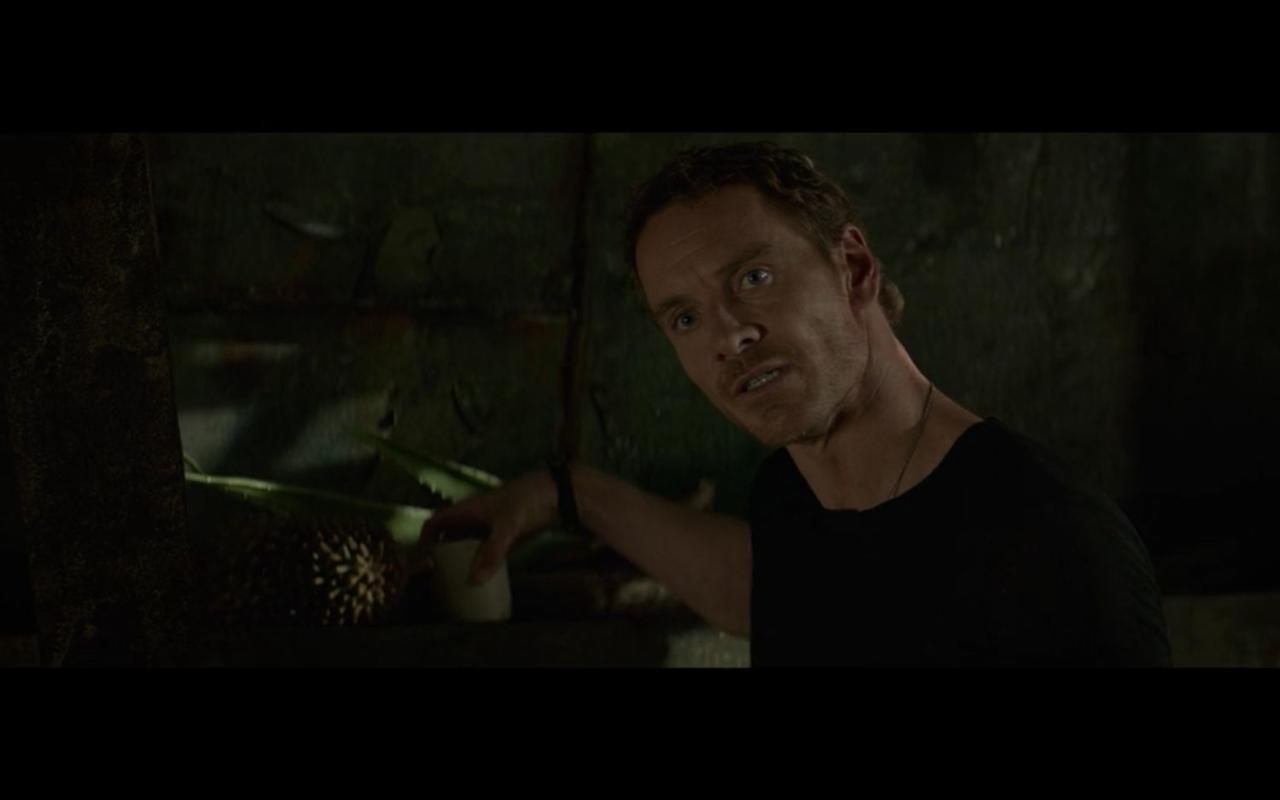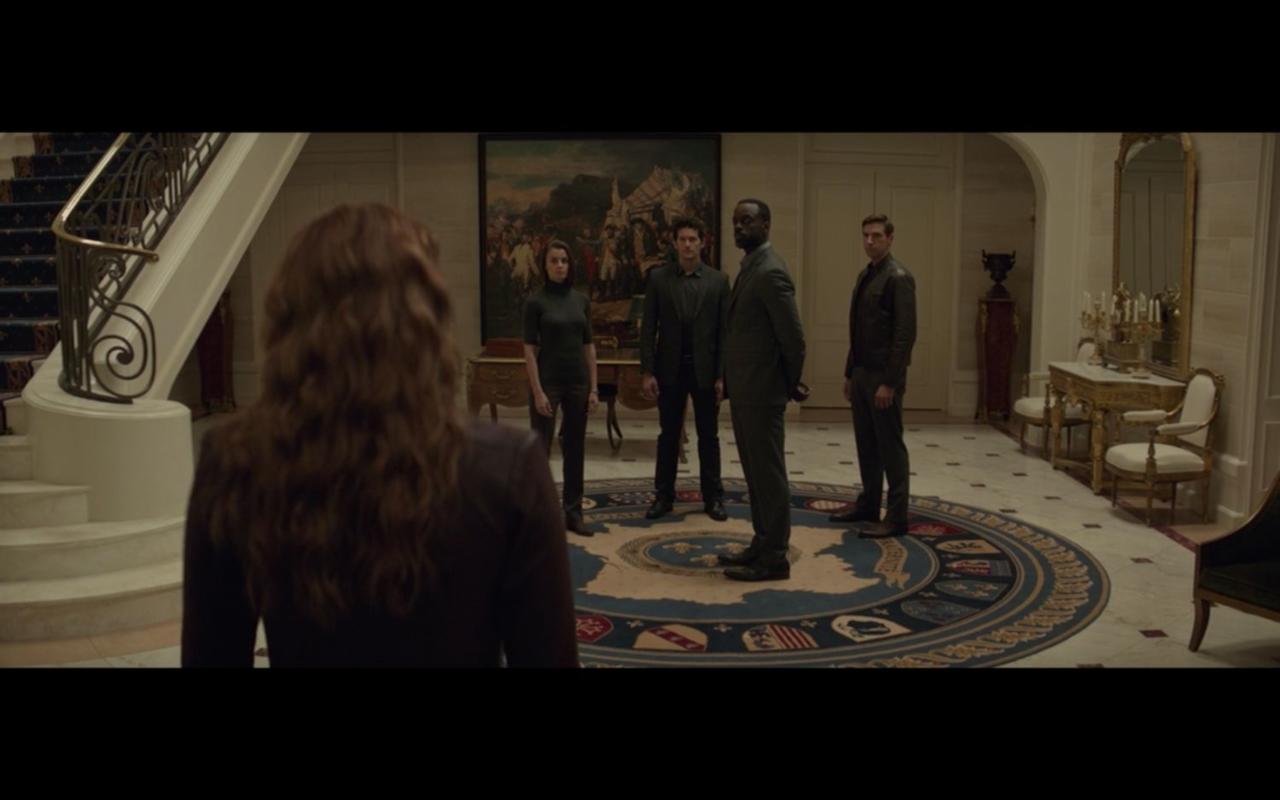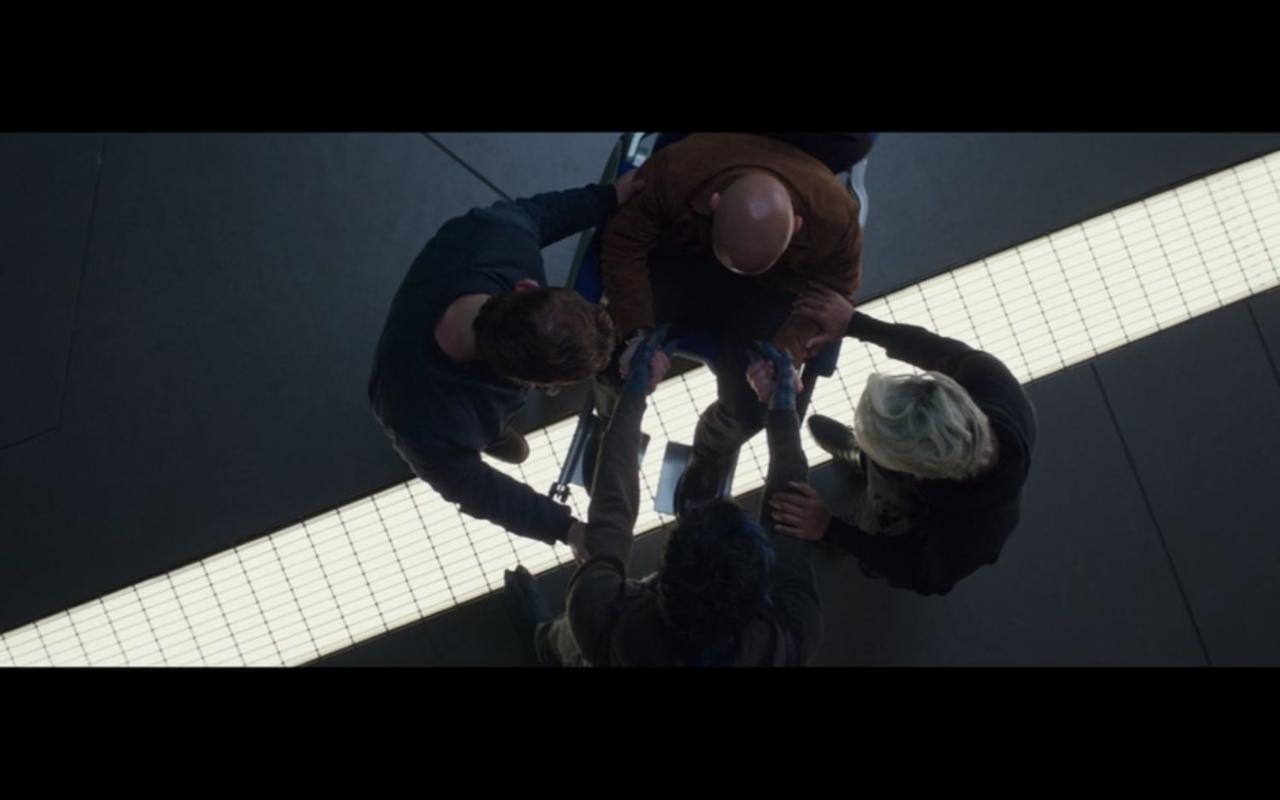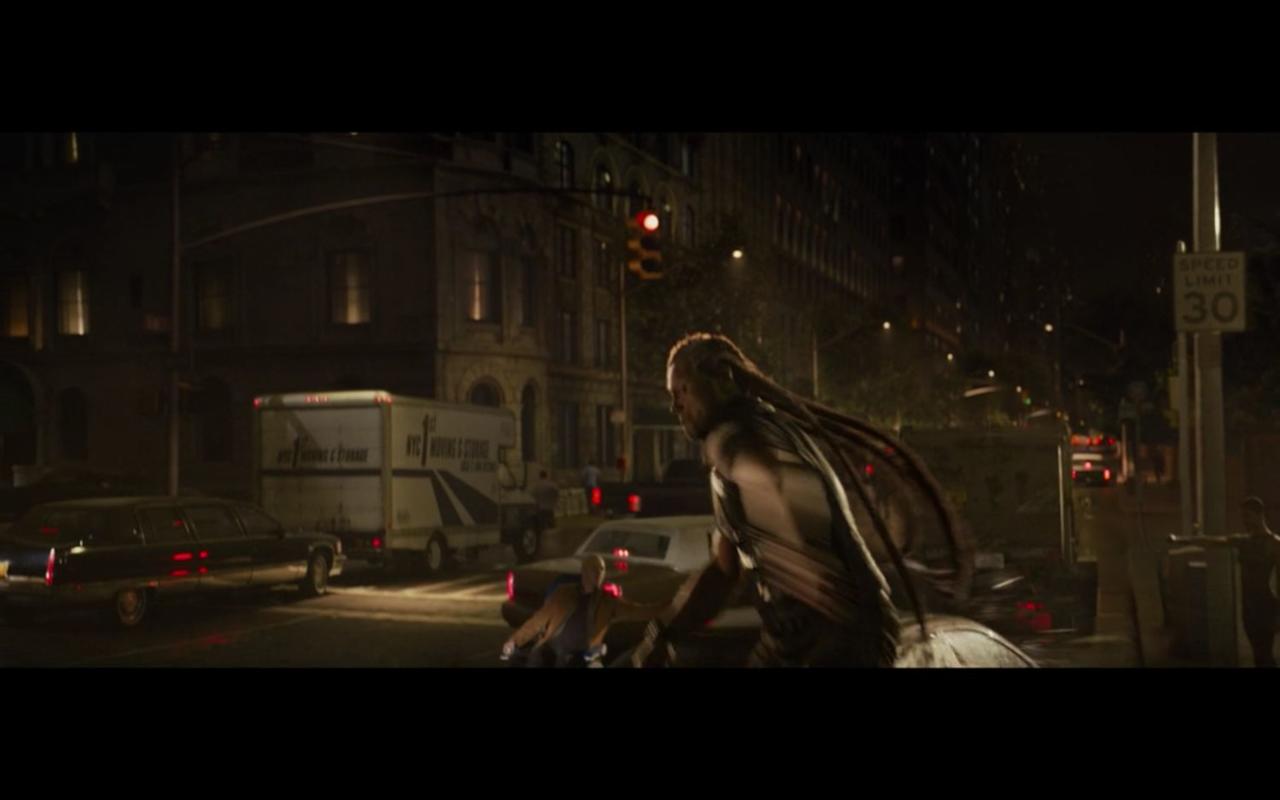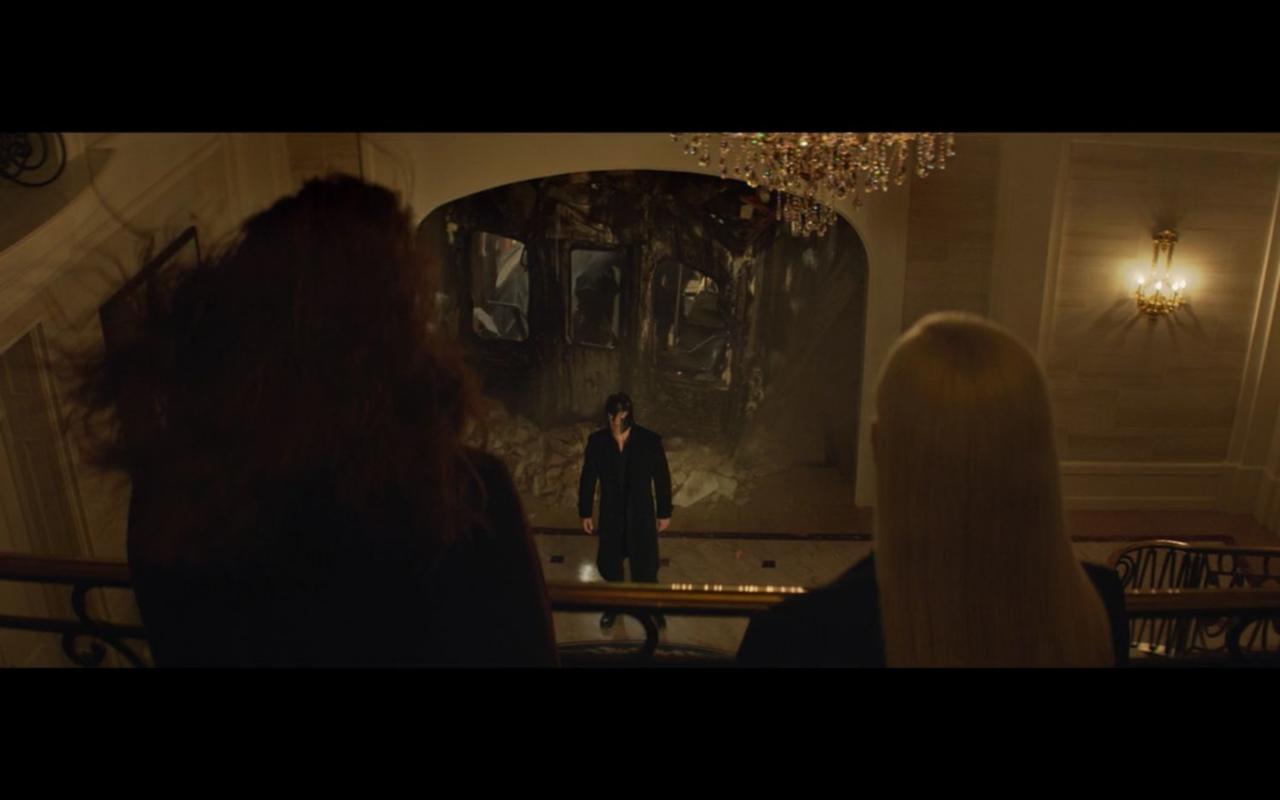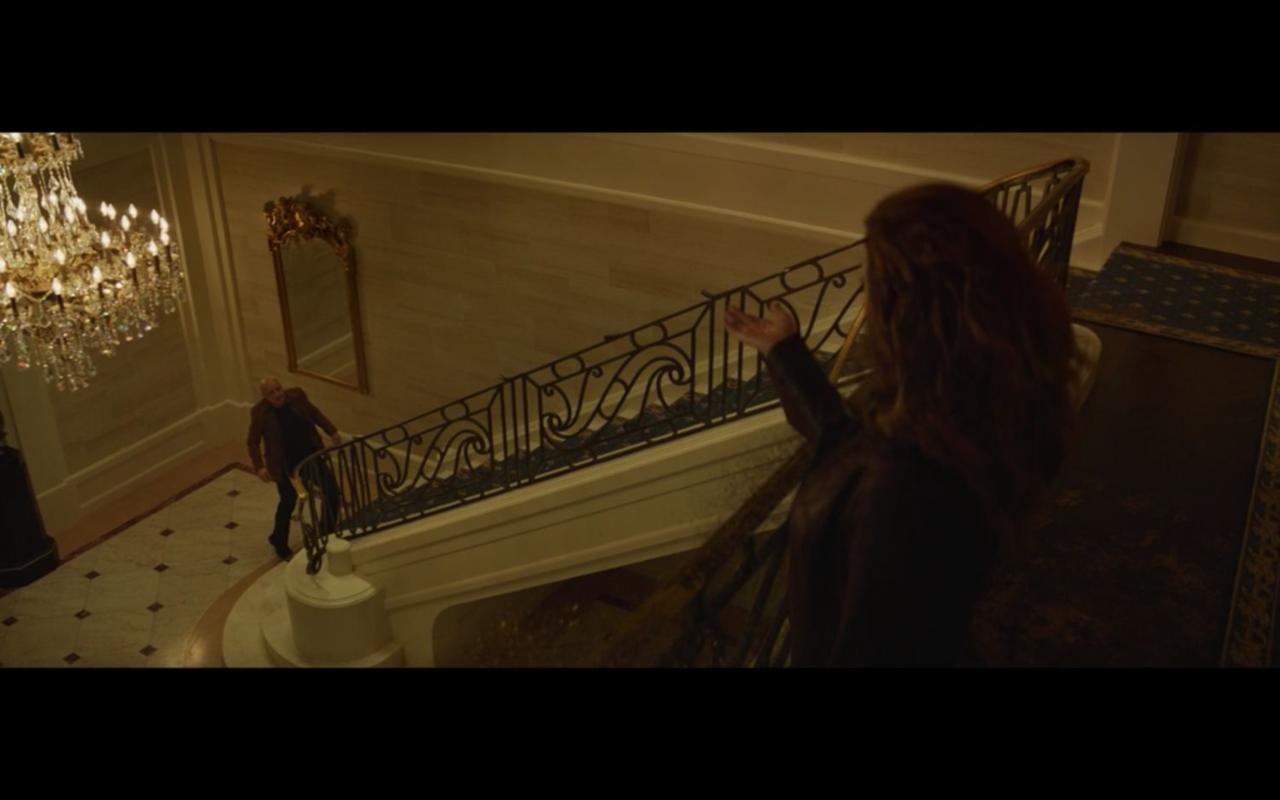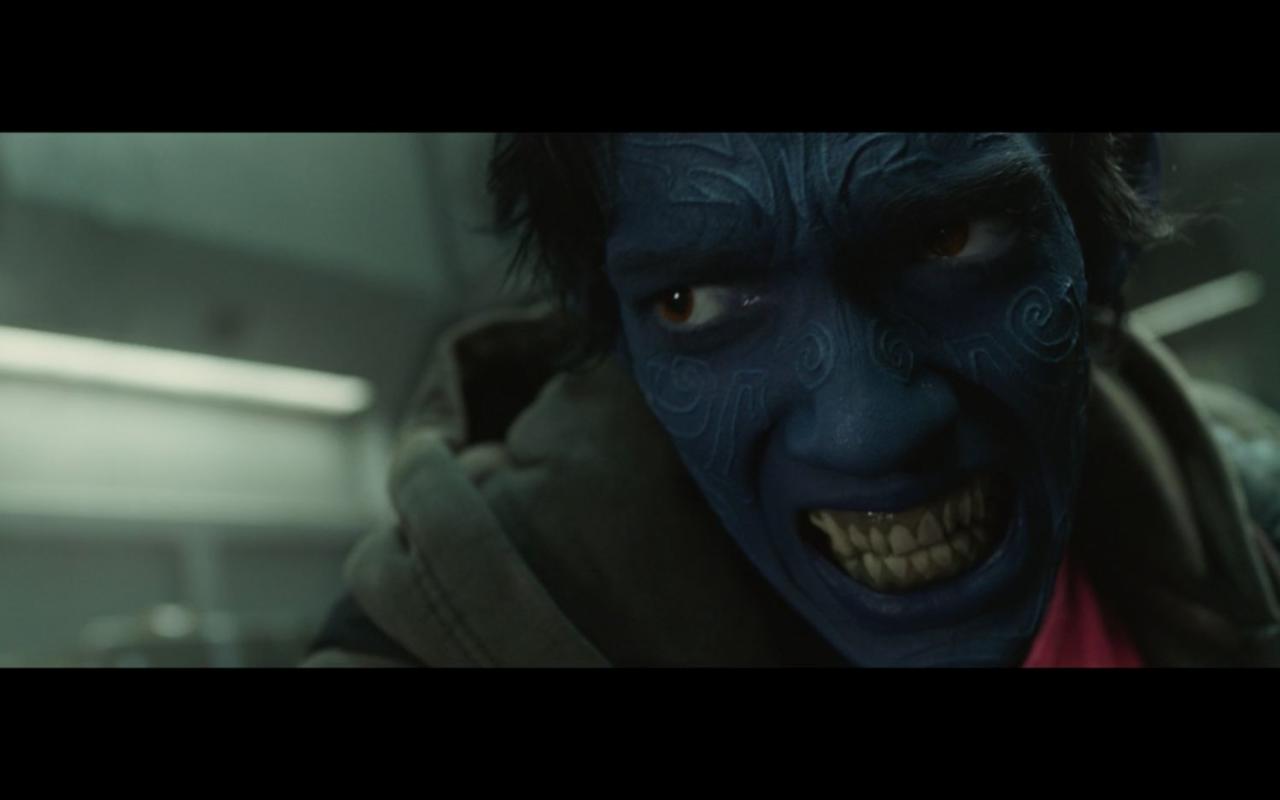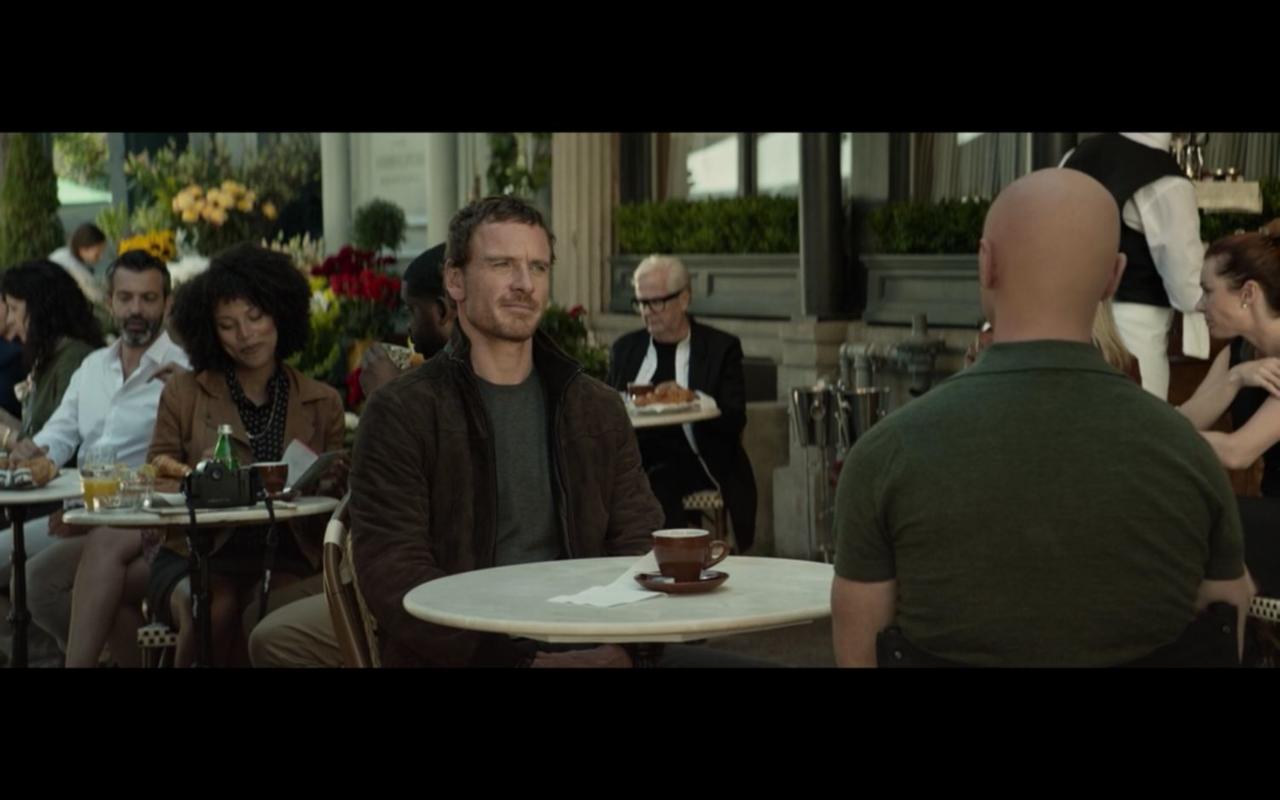X-Men Dark Phoenix: What We Learned From The Director Commentary
GameSpot may receive revenue from affiliate and advertising partnerships for sharing this content and from purchases through links.
With the status of New Mutants unknown, Dark Phoenix may be the last film we'll see from the current X-Men movie franchise. The movie, which adapts the Dark Phoenix Saga from the comics, wasn't a massive box office or critical hit, though it does provide some closure to the series of films that launched with 2000's X-Men.
With Dark Phoenix now available on digital, 4K, Blu-ray, and DVD, we decided to spend some time with the audio commentary included on the home release. Writer/director Simon Kinberg and producer Hutch Parker devote the entirety of the film to discussing the difficulty in filming certain shots, some changes that were made from the script, and several other interesting tidbits--including how fake the Xavier School location is.
Follow along to find out what we learned from the Dark Phoenix home release. And make sure to check out GameSpot's review of the film, as well as our explanation of the movie's ending and a look at how the mutant Dazzler was finally brought to life.
1. If New Mutants happens, it won't be a Fox movie.
"I think this will be the last time we see this in front of an X-Men movie," Kinberg says over the 20th Century Fox fanfare.
2. Jean Grey's narration was added late in the process.
"We went back and forth a lot on that opening narration," Kinberg explained. "That was a late-breaking decision that we wrote in [post production] with our story editor Lee Smith." He noted that while X-Men movies traditionally have voiceover from Charles Xavier (James McAvoy), they used Jean (Sophie Turner) to open the film to show how different this installment was.
3. Xavier's mansion is a lie.
Kinberg admits that outside of X-Men 2 and 3, the Xavier School estate has been different for every film. What's more, though, starting with Days of Future Past, the mansion has been created using CGI. The front door was built, but everything else was created with a computer. They ended up shooting mansion scenes on an abandoned golf course.
4. The crew is everywhere.
Many of those working behind the scenes on Dark Phoenix also got a chance to shine on-camera as they were sprinkled throughout the film as extras and non-speaking characters. The image above of a NASA employee is an assistant director on the movie.
5. This was a nod to X-Men 1.
According to Kinberg, this moment was a tribute to the first X-Men film, with the basketball court opening up to reveal the X-jet.
6. A little something called teamwork.
According to Kinberg, one of his goals was to show the X-Men working together as a team. He doesn't believe it's been a regular enough occurrence and went out of his way to make sure we see them working together this time--and working in two separate teams against each other.
7. A very cool cameo.
Shaking hands with Charles in this scene is none other than Dark Phoenix Saga creator Chris Claremont. "He is, I would say, just short of as important to the X-Men as Stan Lee," Kinberg said.
8. There were very deliberate shot changes.
Unlike previously movies, which used crane and steady-cam shots in most sequences, Kinberg and his team worked in more close-ups and handheld camera moments in the film to further illustrate how different of a story they were telling. "Even this push-in on Charles, as an example, traditionally would be a crane move," he explained.
9. Juggling schedules was not easy.
With such a big cast filled with in-demand actors, getting them all into certain scenes was not easy. That's very apparent when the team tries to rescue Jean, with a very odd shot of Mystique (Jennifer Lawrence) standing nowhere near the rest of the X-Men. "That shot of Jennifer is not my favorite shot in the entire movie," Kinberg admitted. "But the reality is when sometimes shooting with these types of ensembles, you don't get all the actors in the same place at the same time. So you have to shoot what's called block shooting. If you've seen Harry Potter, you know what it looks like. And you just grab Jennifer Lawrence when you got Jennifer Lawrence for that day."
10. RIP Jennifer Lawrence
According to Kinberg, Jennifer Lawrence revealed to him that this was the first time she's died in a movie. She survived the Hunger Games, though, so that's something.
11. Genosha was long in the making.
Kinberg said that he's wanted to create the mutant island nation of Genosha in the films going as far back as X-Men: The Last Stand. "I've always wanted to do it and had the opportunity to do it in this movie," he explained.
12. Cup problems.
There's a moment when confronting Jean that Magneto (Michael Fassbender) fumbles slightly when putting a cup on a shelf. According to Kinberg, he tried to use another take of the moment without the fumbling, but the performance wasn't as good in any other version they captured. "That one annoys me a little bit," he admitted.
13. That's not the French consulate.
In designing the headquarters for the D'Bari alien race, Kinberg says the compound was initially made to look like the French consulate, which includes the rug scene above. However, they dropped that idea from the movie after it was built. Instead, these aliens just love France.
14. Getting Han Zimmer wasn't easy.
Kinberg says he emailed, called, and begged composer Han Zimmer to come out of superhero movie retirement to create the score for Dark Phoenix. "I think the reason he committed to doing the film was this was going to be a different kind of superhero film," the director said.
15. That's not New York City.
While it seems as though mutants are fighting on the streets of New York in one of the movie's more significant action scenes, the set was actually built on a soundstage in Montreal, where the rest of the movie was shot. The crew used digital set extensions to complete the block.
16. About that subway...
Producer Hutch Parker says Kinberg was convinced early on that he wanted to include the sequence where Magneto pulls a subway car through the ground. However, Parker admits he didn't think it would work. In the end, they were both happy with how it turned out--and that they didn't have to destroy an actual city street to do it.
17. Charles walking was James McAvoy's idea.
As originally scripted, Jean was supposed to torture Charles in his chair when he finally made it into the D'Bari compound. However, James McAvoy believed it would be a far darker moment if Jean forced him out of the chair and made him walk to her. He was right.
18. Nightcrawler has more than jokes.
Kinberg said a concerted effort was made to give Nightcrawler a more severe and darker edge in this movie, rather than remaining as comic relief. To reach that turning point, the film shows a member of the military who trusted the X-Men dying in his arms after an attack by the D'Bari.
19. What a way to end it.
The final scene filmed for the movie is the final encounter between Xavier and Erik. It's a fitting end to the franchise. "This notion that these guys started as strangers, became enemies, and by the end become brothers is a very emotional journey to me," Kinberg said.
